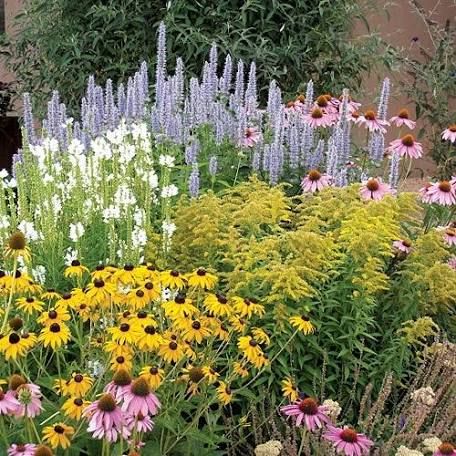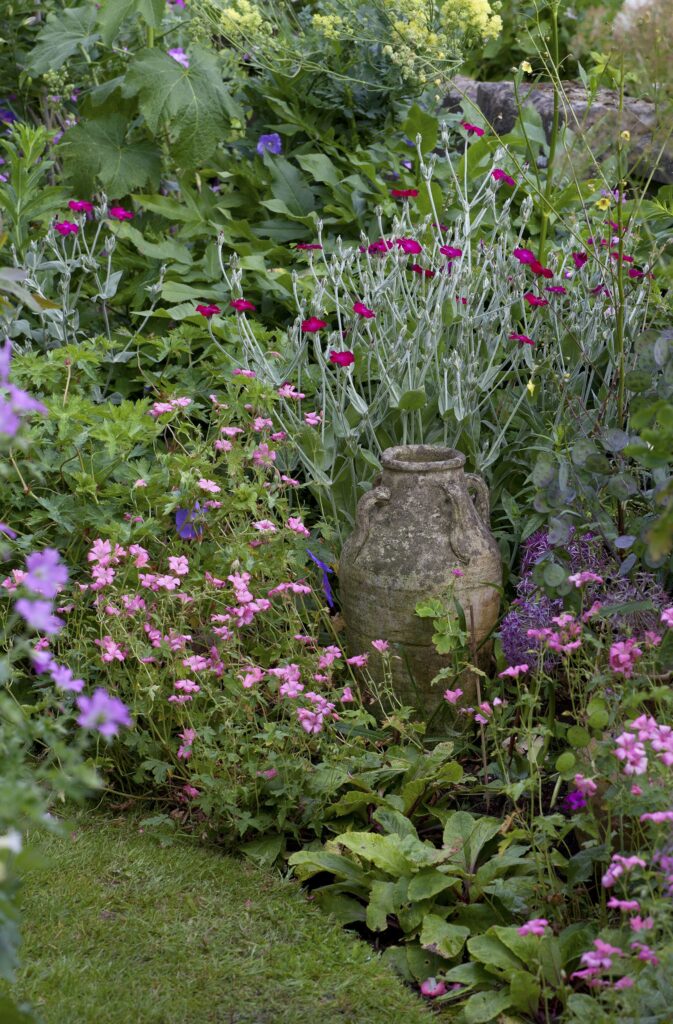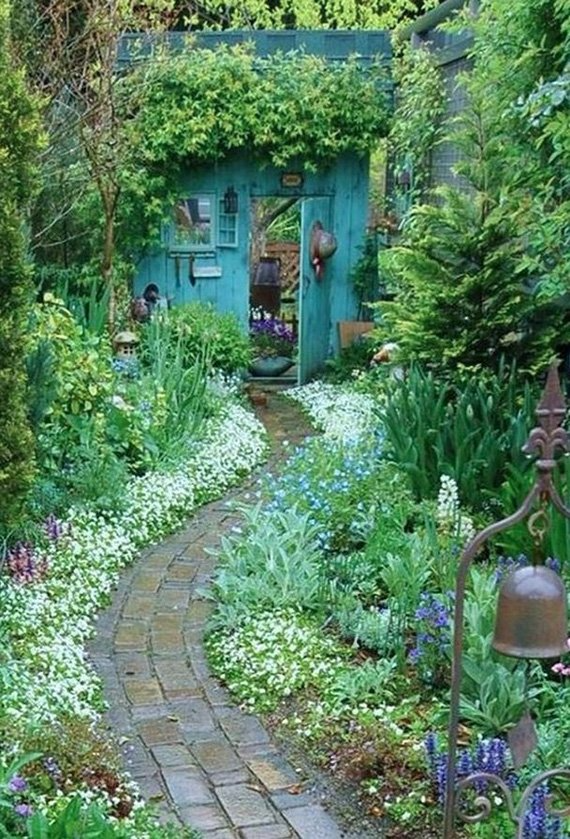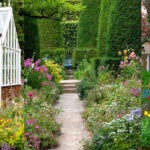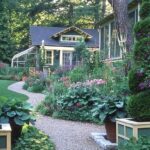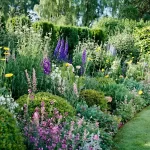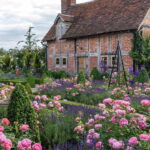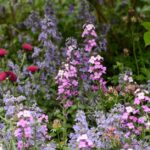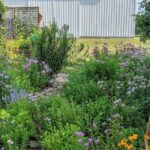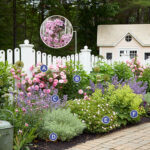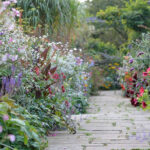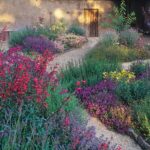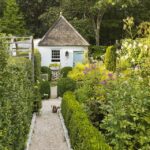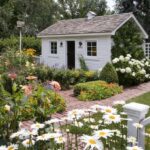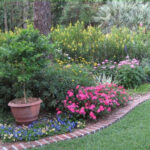Cottage gardens have become increasingly popular in recent years, as they offer a charming and picturesque alternative to traditional, formal garden designs. These informal gardens typically feature a mix of flowers, herbs, and vegetables, all planted closely together to create a lush and vibrant display. Cottage gardens harken back to a simpler time when homes were surrounded by edible and ornamental plants, providing both beauty and sustenance for the household.
One of the defining characteristics of a cottage garden is its informal layout. Plants are often mixed together in a seemingly haphazard fashion, creating a wild and natural look that is both inviting and romantic. This relaxed approach to garden design is part of the charm of cottage gardens, as they exude a sense of nostalgia and whimsy that is hard to replicate in more formal settings.
A key feature of cottage gardens is the use of heirloom and old-fashioned plant varieties. These plants, often passed down through generations, add a sense of history and heritage to the garden. Flowers such as peonies, roses, and hollyhocks are common in cottage gardens, as are herbs like lavender, rosemary, and thyme. Many cottage gardeners also incorporate vegetables and fruits into their design, creating a bountiful and productive space that is as practical as it is beautiful.
Cottage gardens are known for their low maintenance requirements, making them an ideal choice for busy gardeners who want a beautiful outdoor space without the need for constant upkeep. Once established, a cottage garden can thrive with minimal intervention, especially if plants are chosen for their hardiness and ability to thrive in a variety of conditions. This makes cottage gardens a sustainable choice for those looking to create a more eco-friendly and self-sufficient garden.
In addition to their beauty and practicality, cottage gardens also provide valuable habitat for a variety of wildlife, including birds, butterflies, and bees. The diverse array of plants in a cottage garden attracts pollinators and beneficial insects, creating a thriving ecosystem that contributes to the overall health of the garden. By incorporating native plants and creating a diverse planting scheme, cottage gardeners can help support local biodiversity and create a welcoming haven for wildlife in their backyard.
Overall, cottage gardens offer a delightful and sustainable alternative to traditional garden designs. By combining a mix of flowers, herbs, and vegetables in an informal and relaxed setting, cottage gardens provide beauty, functionality, and habitat for wildlife. Whether you have a small plot of land or a sprawling estate, a cottage garden can enhance your outdoor space and provide a peaceful retreat that is both charming and practical.
